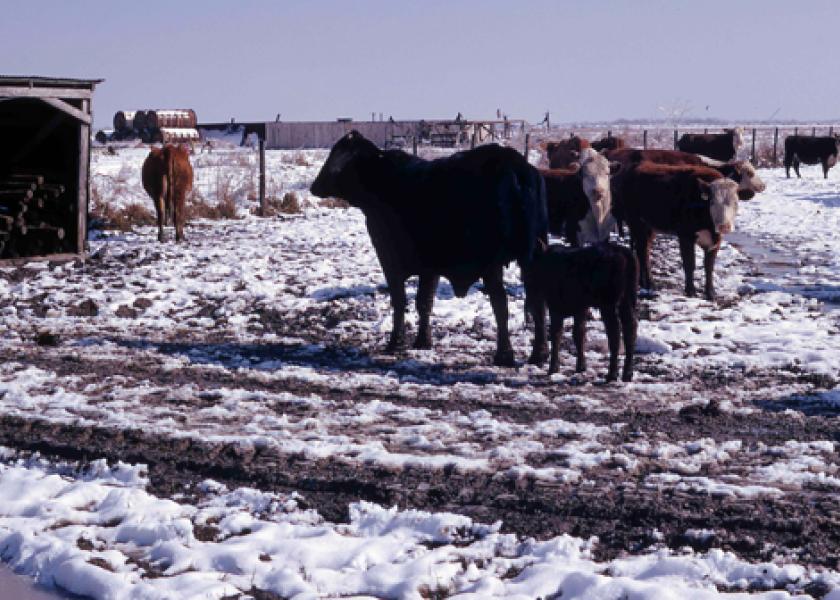Cattle Poised for Longest Rally in Five Decades on Lower Supply

Cattle futures extended a rally to an all-time high as prices are poised to cap the longest string of annual gains in five decades on signs that animal supplies are shrinking.
This month, the number of cattle in American feedlots was the second-lowest on record, government data showed Dec. 20. Beef output in the U.S., the world’s biggest producer, may slump 5.7 percent next year to the lowest since 1993, the Department of Agriculture has projected.
Futures are on pace for a fifth straight annual gain, the longest winning streak since Chicago trading began in 1964. Ranchers have struggled to recover from last year’s drought, the worst since the 1930s and almost half of Texas, the biggest cattle-producing state, is still in drought. The U.S. herd as of Jan. 1 was the smallest since 1952. Higher prices will raise costs for retailers from Darden Restaurants Inc., the operator of LongHorn Steakhouse chains, to Cracker Barrel Old Country Store Inc.
"Supplies will be dropping off" in 2014, Dennis Smith, a senior account executive at Archer Financial Services Inc. in Chicago, said in a telephone interview. "There must be good solid demand for beef after the first of the year."
Cattle futures for February delivery climbed 0.1 percent to settle at $1.351 a pound at 1 p.m. on the Chicago Mercantile Exchange, after reaching $1.35425, the highest ever for a most- active contract. Prices gained 2.1 percent this year.
Wholesale-beef prices rose 1.2 percent as of midday, on pace for the biggest daily increase since Nov. 25, USDA data show. Consumers may pay as much as 3.5 percent more for beef in 2014, the government said last week.
Food Prices
Cattle prices are rising while most agricultural commodities are falling. Global food prices dropped 4.4 percent in the 12 months through November, while meat climbed 0.3 percent, United Nations data show.
U.S. farmers collected the biggest corn crop ever, according to government projections, and futures are down 39 percent this year. While the falling price of the grain, a main feed ingredient, will lower costs for livestock producers, beef supplies aren’t expected to climb because it can take three years to breed a cow and raise its calf to slaughter weight.







